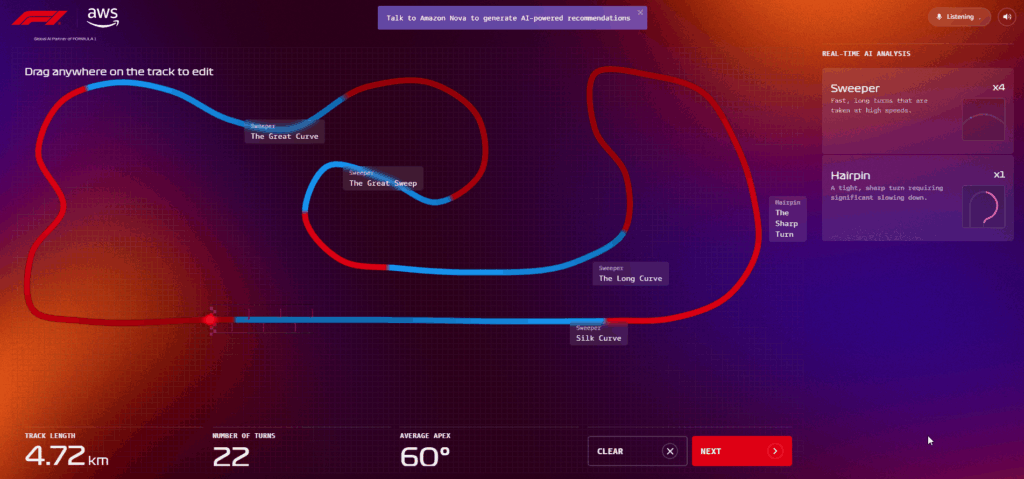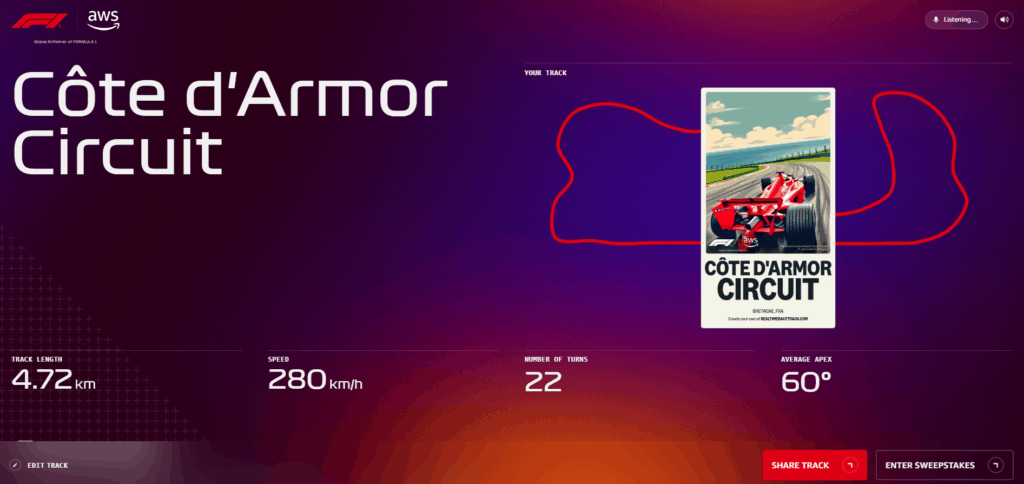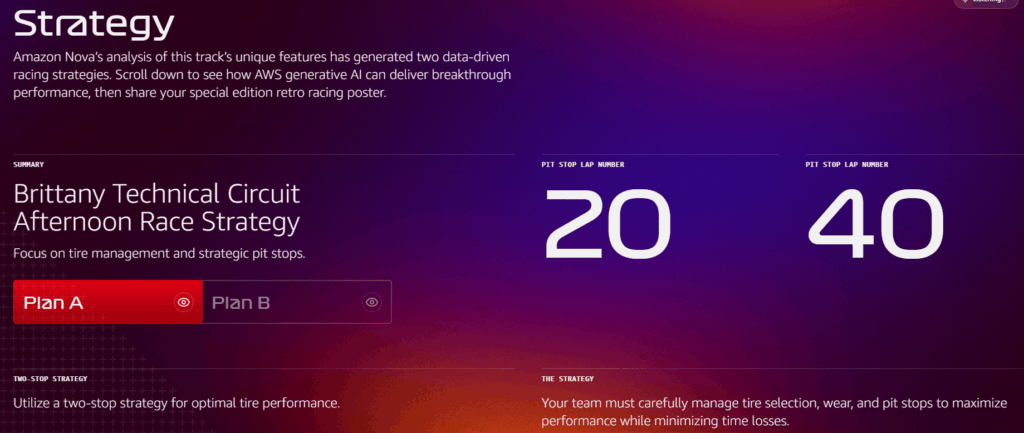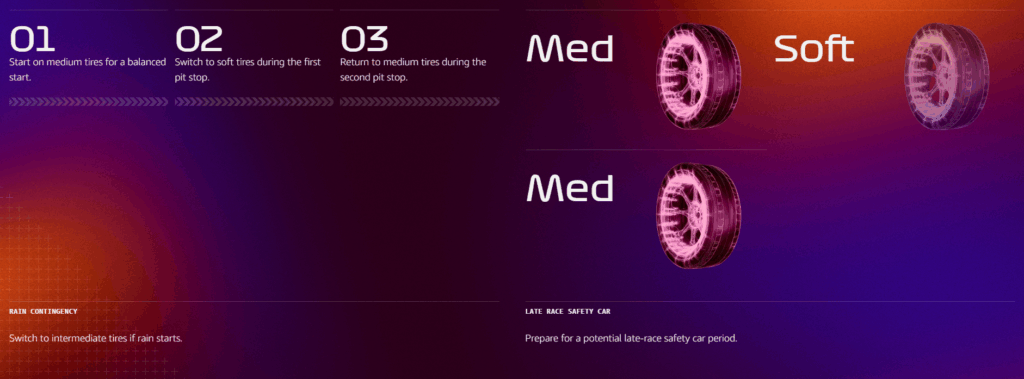Today, we’re going to stray a bit from the world of road circuits to explore an interesting tool for anyone creating road circuits. What would the circuit you’ve created look like if it were a real one?
The Formula 1 Federation, in partnership with Amazon AWS, offers a tool that, based on a circuit layout, provides you with a whole host of parameters.
Would you like to know what a Formula 1 race would look like on the layout you’ve created with your CARRERA circuit in your living room? Well, it’s possible with the latest real-time race track web application.
Information:
https://aws.amazon.com/fr/sports/f1/made-for-this
Editor :
https://realtimeracetrack.com
The first step is to draw your circuit layout. It’s not necessarily simple or easy to create a beautiful layout with a mouse, but with a little practice, you can get there.
When creating your layout, you can ask the AI questions vocally. Everything is done in English, and it can’t provide advice on the layout you’re creating, just general guidance.

The tool gives you different information about the circuit you have completed.
- Its length in kilometers
- Number of turns
- Average angle of the curves
- Information on certain sections of the circuit
For certain parts of the circuit that appear in blue, the AI provides some feedback.
Once your design is complete, you can move on to the next step. The tool will ask you for the location of your circuit. Enter a city or region.
Your circuit reappears, and the AI will create your race poster after a few seconds.
The AI also displays the circuit’s maximum speed.

Analyzing the track using data from the AWS database (based on real circuits and their races) allows for two race strategies.
It offers two pit stop scenarios, indicating which laps to stop on and recommending tire types.

The pit stop strategy remains basic and often the same.

Tire advice remains basic.

Summary
It’s a great idea to offer this tool to have fun creating new tracks and get feedback from an AI based on race data. However, we’re still left wanting more.
With a large database and an AI, we expect more information about our track. I would have liked to have braking zones, an estimated lap time, the Gs in the corners, and top speeds. Without having super-precise data, just a little indication.
It’s still a fun little experiment that I’m sharing with you.